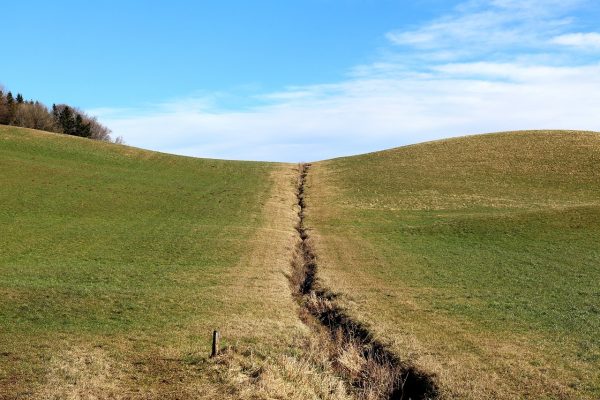Roads?! Where we’re going, we don’t need roads.
Time travel has always been a part of the fictional world, such as Back To The Future or Doctor Who. However, not many realize that traveling through time is absolutely possible, and was done many times before. If there was a prize for the most time traveled to the future, then Sergei Krikalev would have been a nominee. Sergei is a Russian astronaut, who had 6 space flights, and in total, spent 803 days in space. The fact that he spent so much time above the Earth’s atmosphere made him 0.02 seconds older, or maybe, one could say that he’s from the past. 0.02 seconds are absolutely insignificant of course, but that proves the fact that time is relative to an observer, which would allow us to time travel.
Albert Einstein discussed this concept 100 years ago in his Special Relativity theory. Part of the theory states that the, “speed of light within a vacuum is the same no matter the speed at which an observer travels,” and based on that he concluded that the space and time are intertwined in to a singular continuum. Therefore, events that occur at the same time for one observer could occur at different times for another. Einstein’s famous thought experiment on train/lighting is a good representation of the theory. In a hypothetical event, there are two observers, observer #1 is on the moving train (that travels from left to right), and the observer #2, who stands on the train platform. Two lightning bolts strike the platform on the left, and on the right side of an observer simultaneously. The observer #2 will claim that two lightnings struck the ground at the same time, while observer #1 will claim that the lightning struck the right side of the platform first, and then it struck the left side. If the speed of light is constant, and observer #1 is further away from the left lighting and closer to the right lightning, then the light from the right lightning will reach him faster then the left lightning. That means that the observer on the train saw the light traveling the greater distance than the observer that stands on the platform. The formula is Speed(m/s)= Distance(m)/ Time(s), but if the speed of light is always the same based on the theory, and the total distance of light traveled from the lightning in greater for observer #1 than observer #2. Therefore, that means that the time recorded by observer #1 and #2 will be different. The faster and object travels through space, the slower it travels thorough time, so the time on earth, relative to the time on the space station, will be slower. This is known as a time dilation effect. This explains why Sergei Krikalev is 0.02 seconds older than the rest of the population.
Unfortunately, we cannot travel back in time, as time only progresses forward. However, every star we observe in the night sky is an image from the past. Since the cosmic distances are so vast, it takes light a very long time to travel. For all we know, the brightest star in the sky, Sirius B, could have already collapsed into a supernova a few billion years ago. But fortunately for us, the distance between Earth and Sirius is 8 billion light years, so meanwhile ,we can grab a drink and gaze in to the past during the night sky.











